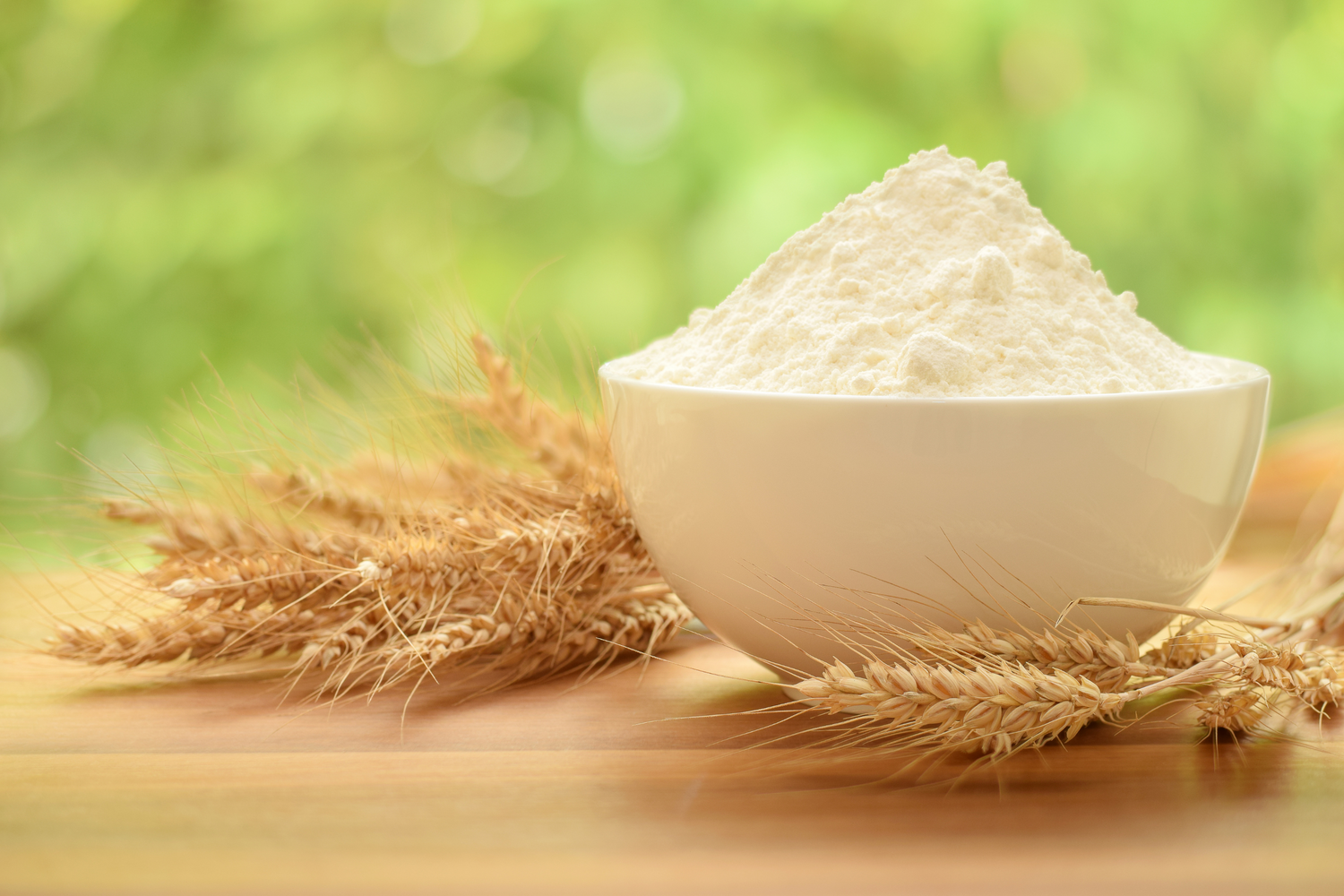El consumo de marisco crudo ha sido durante mucho tiempo un manjar valorado en varias regiones del mundo; sin embargo, eventos recientes han resaltado nuevamente los peligros que pueden estar ligados a esta práctica. Las autoridades sanitarias han confirmado que dos personas fallecieron tras consumir ostras crudas contaminadas con una peligrosa cepa de bacteria carnívora. Estos incidentes son un recordatorio claro de los posibles riesgos para la salud vinculados al consumo de mariscos sin cocción, especialmente cuando no se toman las precauciones adecuadas de manejo y almacenamiento.
According to officials, the victims consumed the raw oysters at different locations, yet both cases shared a similar outcome. Each person became gravely ill shortly after the meal, and despite receiving medical treatment, neither was able to recover from the severe infection. The bacteria responsible for these fatalities is known for its rapid progression and ability to cause life-threatening complications within hours of exposure.
Medical experts have identified the pathogen as Vibrio vulnificus, a naturally occurring bacterium found in warm coastal waters. While it is not uncommon for this microorganism to exist in marine environments, infections in humans are relatively rare. However, when they do occur, they can be extremely serious, especially for individuals with weakened immune systems or underlying health conditions. The bacteria can enter the bloodstream and cause sepsis, leading to a very high mortality rate if not treated immediately.
Health officials have stressed that the danger does not come from all oysters, but rather from those that have been harvested from waters where Vibrio bacteria thrive. These bacteria multiply in warm temperatures, making the summer and early fall months particularly risky for consuming raw shellfish. In most cases, proper cooking kills the bacteria and eliminates the threat, which is why experts strongly advise against eating raw or undercooked seafood during these times of the year.
The recent fatalities have sparked renewed debates concerning food safety standards and the significance of consumer education. Despite a common belief among seafood lovers that consuming raw oysters is safe if sourced from trusted vendors, it’s important to note that even shellfish taken from observed locations might contain dangerous microorganisms. Health authorities advise that eateries and seafood outlets adhere to rigorous handling protocols, such as maintaining shellfish at correct refrigeration levels and preventing cross-contamination.
Aside from food management, there is a growing emphasis on individuals being aware of their personal risk factors before eating raw shellfish. Those with liver conditions, diabetes, or weakened immune defenses are especially susceptible to Vibrio infections. For these individuals, even minimal contact with the bacteria can result in severe health repercussions. Medical professionals advise people at high risk to completely refrain from consuming raw oysters, regardless of their freshness or perceived quality.
Symptoms of Vibrio infection typically begin within 24 to 48 hours after ingestion and can include nausea, vomiting, diarrhea, abdominal pain, and fever. In more severe cases, the infection can progress rapidly, causing blistering skin lesions, tissue necrosis, and septic shock. This is why immediate medical attention is crucial if someone develops these symptoms after eating raw seafood. Early treatment with powerful antibiotics can sometimes save lives, but delays in seeking care can be fatal.
State health departments have launched investigations to trace the source of the contaminated oysters linked to these cases. Officials are working with suppliers and distributors to identify where the shellfish originated and to prevent further illnesses. Meanwhile, warnings have been issued to the public, urging consumers to exercise caution and to consider cooking oysters thoroughly before consumption.
Some experts argue for stronger labeling requirements on raw seafood products. Labels that clearly outline the risks of eating raw oysters, similar to warnings found on cigarette packages, could help reduce the number of infections each year. Others advocate for seasonal restrictions on raw oyster sales during the warmest months when Vibrio bacteria are most prevalent in coastal waters.
While these tragic deaths are relatively rare compared to the millions of servings of oysters consumed annually, they underscore the importance of understanding the risks associated with raw seafood. For many, the allure of fresh, raw oysters may seem worth the gamble, but as these cases illustrate, the consequences can be severe and irreversible. Public health officials hope that by sharing these warnings and reinforcing safe food practices, future tragedies can be prevented.
Responsibility for ensuring safety is shared among various entities: suppliers are required to maintain adequate harvesting and storage practices, dining establishments are obligated to adhere to strict sanitation standards, and individuals must be conscious about their dietary selections. Properly cooking oysters is the most dependable method to eradicate dangerous bacteria, allowing people to enjoy them without the worry of illness.
These recent incidents highlight the significant risks associated with consuming uncooked seafood, despite its status as a culinary custom. By taking effective precautions and staying informed, individuals can savor seafood safely without compromising their well-being. For those prioritizing safety over tradition, opting to cook instead of eating it raw could be a crucial choice.



